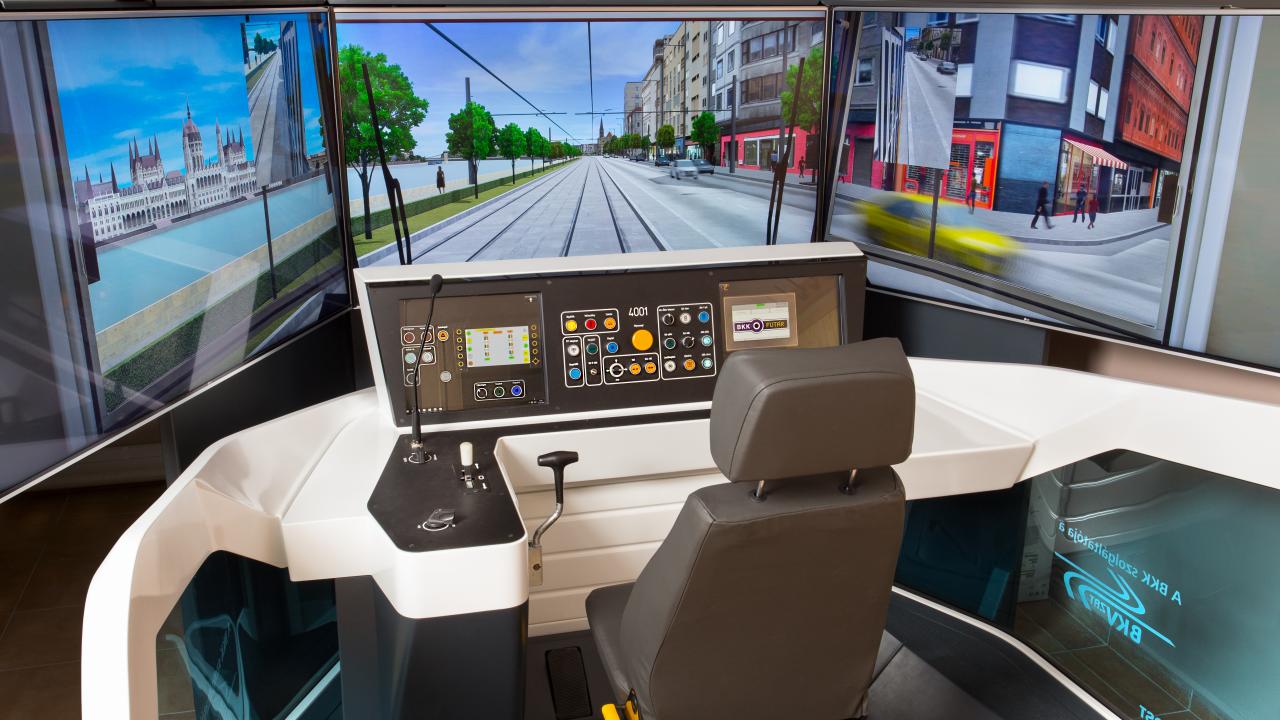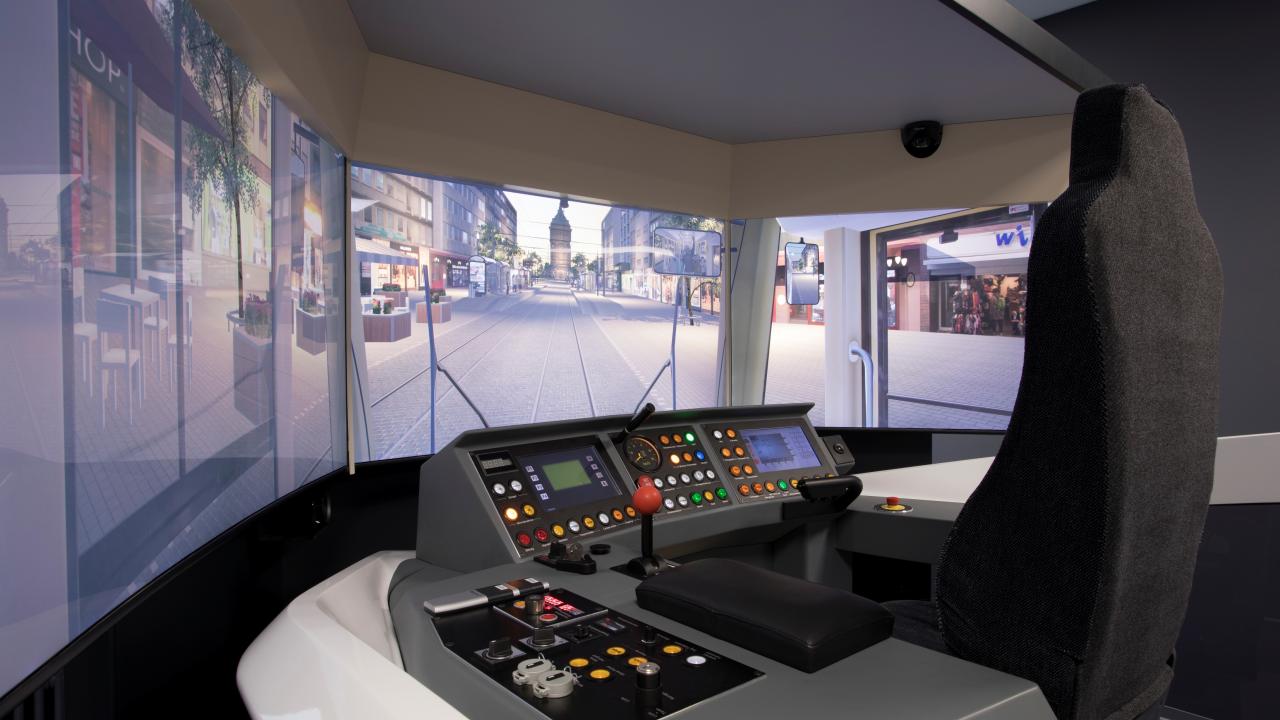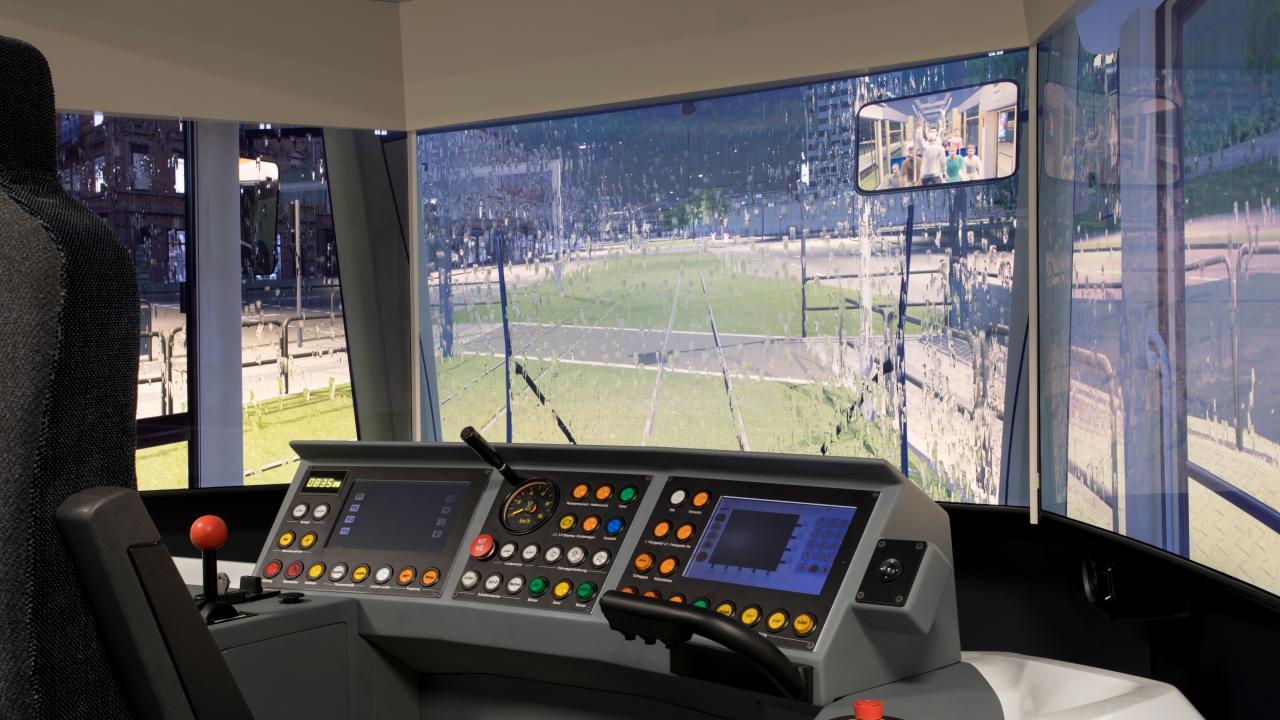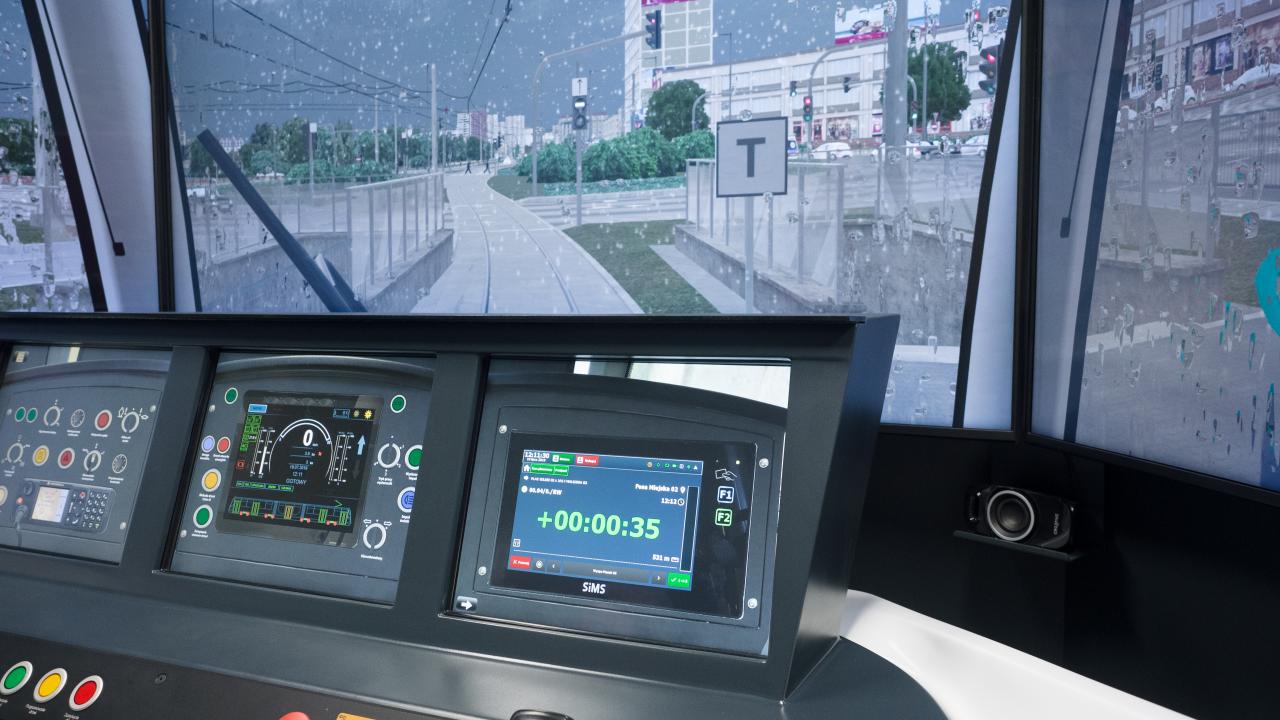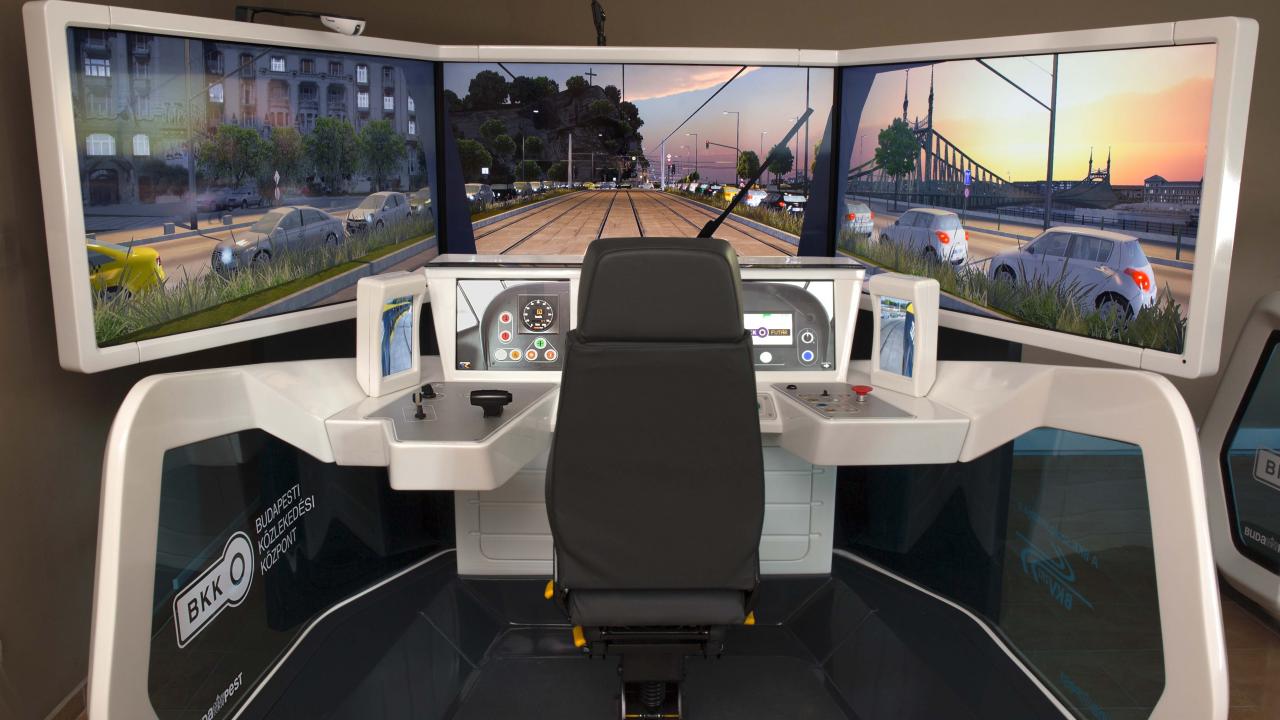Monday, May 25, 2020
A Streetcar Named Desire
Tennessee Williams' play takes us on a journey through the most profound, human and universal feelings experienced by mankind. The title of this famous work has inspired us to take a look at the routes travelled by the streetcars, or trams, that LANDER has simulated throughout the world to date.
During these strange times, we can take a moment to dream, plan and imagine that, before long, we’ll be able to travel around the world like always. When we do, we’ll be able to use an emblematic form of transport which is not just for helping tourists to get to know cities better but also forms an integral part of the daily comings and goings of the people who fill up the carriages. From small kids starting delightedly through the huge windows to elderly folk engrossed in their favourite book, trams transport a multitude of stories and desires – fulfilled or otherwise.
Our journey begins in the Basque Country, where the trams operated by Euskotren ceaselessly run past famous international sites including the Guggenheim Museum Bilbao or the Cathedral of Santa María in Vitoria, one of the most unique Gothic cathedrals in Europe and the inspiration for the famous novel titled The Pillars of the Earth.
Now let’s head east to Budapest. Here, the first 40 km of tramlines were simulated in 2015 on the premises of the driving simulator team at BKK, the largest transport operator in the city. The tram network in Budapest has been operational since 1866, and with almost 200 km of tramlines and around 40 lines is currently one of the largest in the world. One of its trams takes a beautiful route along the Danube, with stops at the Széchenyi Chain Bridge, the Parliament and the Central Market Hall.
Not far from Budapest is the city of Vienna, where we've been fortunate enough to simulate its streets for the operator Wiener Linien. Vienna has been voted the city with the best quality of life in the world on several occasions. Its monumental buildings, museums and galleries are unique artistic treasures from almost all periods in the history of western art and are testament to the great past of this city on the banks of the Blue Danube. The tram will take you to the city's huge avenues and its beautiful monuments such as the Vienna State Opera, the Hofburg, the Parliament and the City Hall.
Heading north, we are fortunate to work with the operator RNV in Mannheim, the third largest city in Baden-Württemberg after Stuttgart and Karlsruhe. The innovate approach by this team has opened a new chapter in the creation of LANDER tram simulators.
In the Netherlands, replete with canals, bridges and art galleries, there is a particularly charming city known for its down-to-earth people, Romantic boulevards and historical monuments and streets. Amsterdam has an efficient transport system. The transport mode of choice may be the bicycle, but the trams nevertheless run the streets. GVB manages the local transport network and has been serving the city for more than 120 years. LANDER has had the pleasure of recently developing simulators for training a team of drivers who are totally focussed on providing the best service to travellers on every journey. And let's not forget the Utrecht operator Qbuzz, which recently visited us at LANDER as part of work to update its equipment.
Moving into North-Eastern Europe we come to Poland, where we have gained in-depth knowledge of transport in the two emblematic cities of Warsaw and Wroclaw. Both have latest-generation equipment for training its tram drivers.
We also have projects on other continents in warm places where the tram is well established. These include the tram in Santos, Brazil, and the tram network managed by SETRAM in Algeria.
LANDER is also working tirelessly on routes and trams in Scandinavian cities, including Oslo, where the tram that was inaugurated more than 100 years ago forms the backbone of the city streets. We even have projects in Finland and Helsinki, where LANDER has just begun developing a large group of simulators that will continue to improve training and therefore safety.
Despite everything, the journey continues, and nothing can reign in our hopes and dreams.
